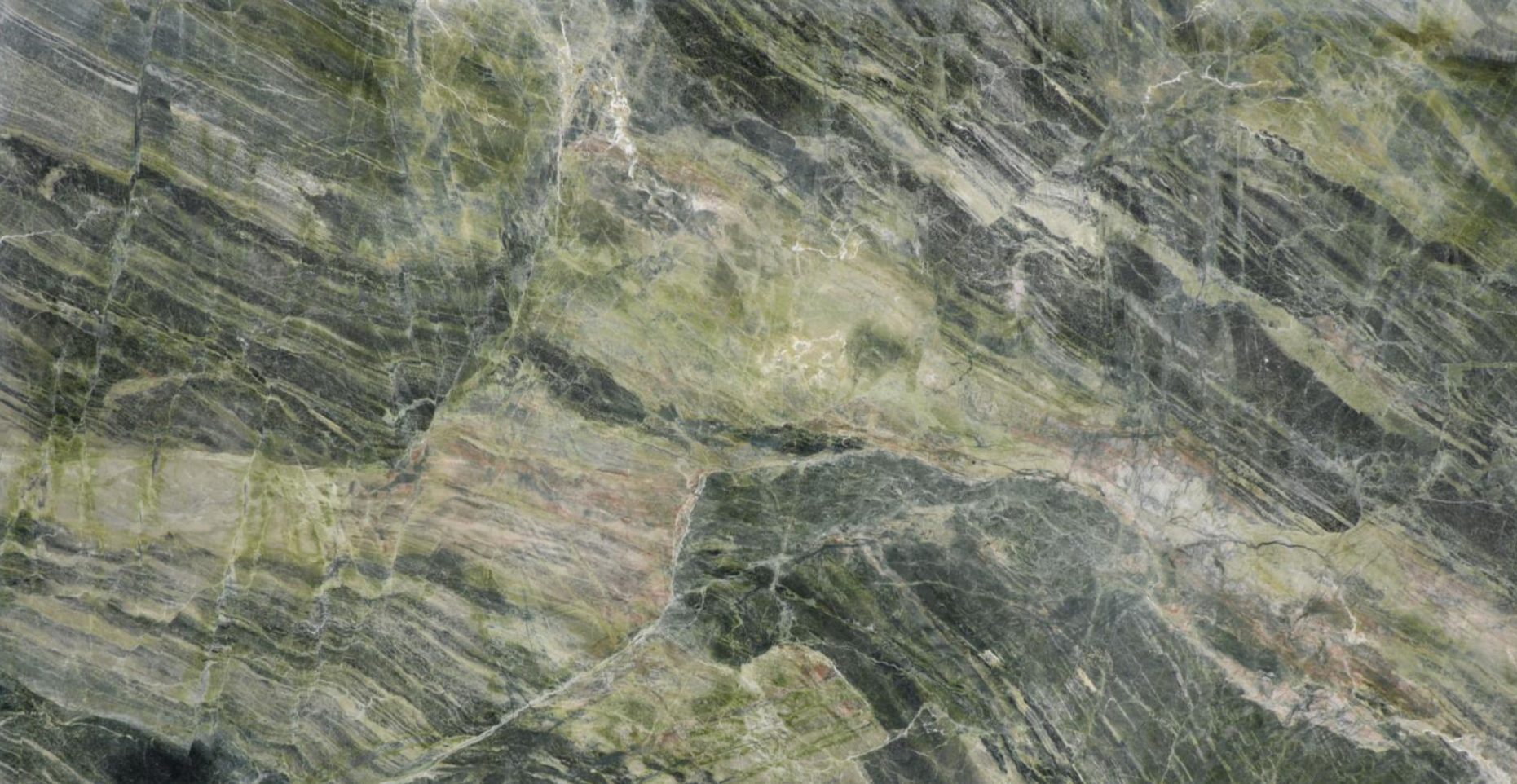Scagliola
Scagliola : a modern look
Scagliola is a type of decorative plaster work that has been used for centuries to create ornamental surfaces and architectural details. It is similar to marble, but it is made from a mixture of plaster, glue, and pigment that is applied to a surface and then polished to create a smooth, glossy finish.
The technique of creating scagliola surfaces has a long history, with the first known examples dating back to ancient Rome. The Romans used scagliola as a substitute for expensive marble, and it was often used to decorate the interiors of public buildings, temples, and private homes.
In the Middle Ages, scagliola was used extensively in Italy and other parts of Europe as a way to create ornate and intricate architectural details. During this period, scagliola was often used to create columns, capitals, and other decorative elements in churches, palaces, and other public buildings.
In the 17th and 18th centuries, scagliola became popular in England, where it was used to create decorative surfaces in grand houses and public buildings. It was also used to create intricate plasterwork in the interiors of churches and other religious buildings.
Open Shop Architectural Arts has pioneered a new methodology in scagliola technique. The goal of our updated technique is to compose complex color balances and designs and to integrate those designs in continuous flow across the architectural surface.









